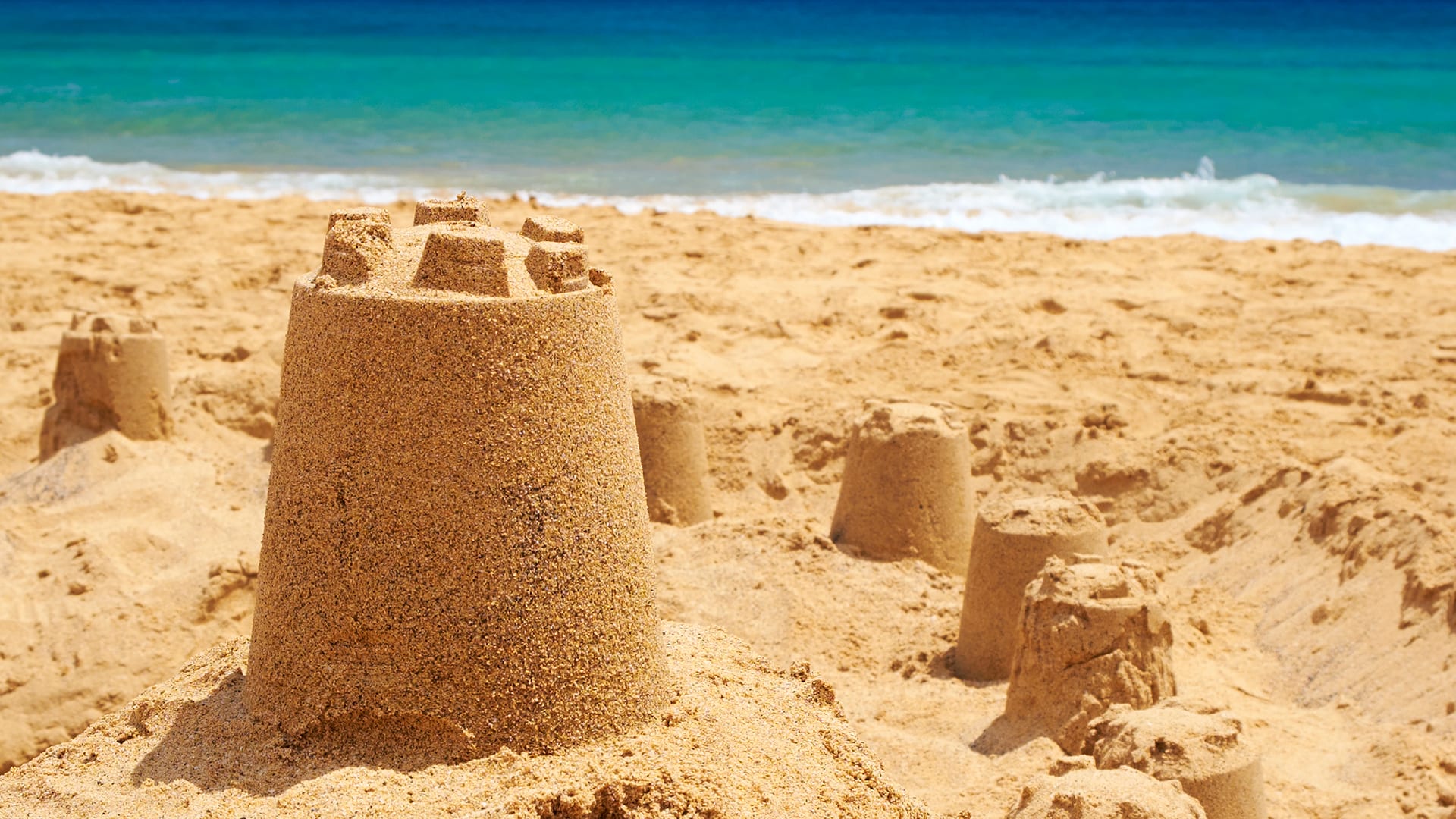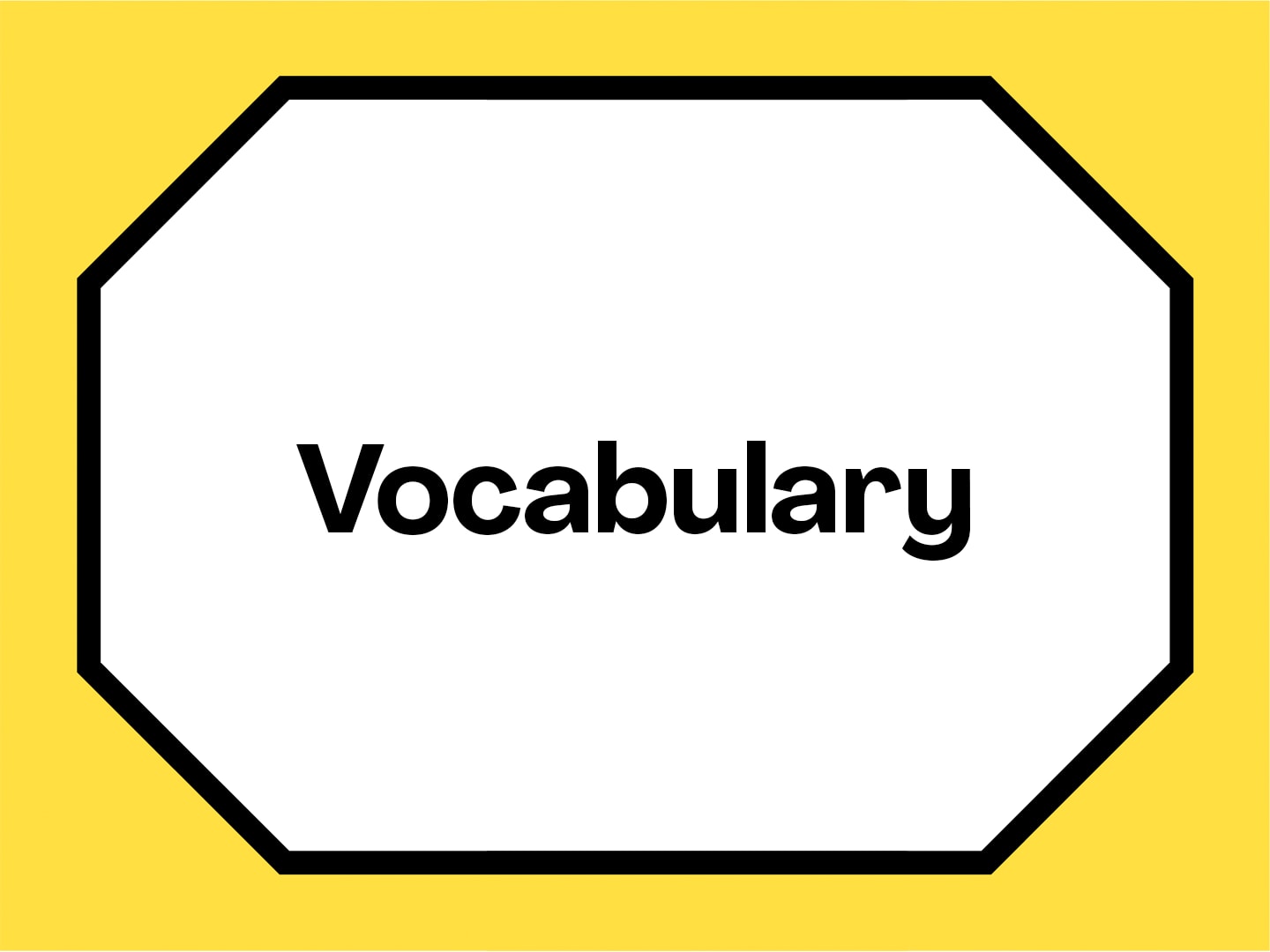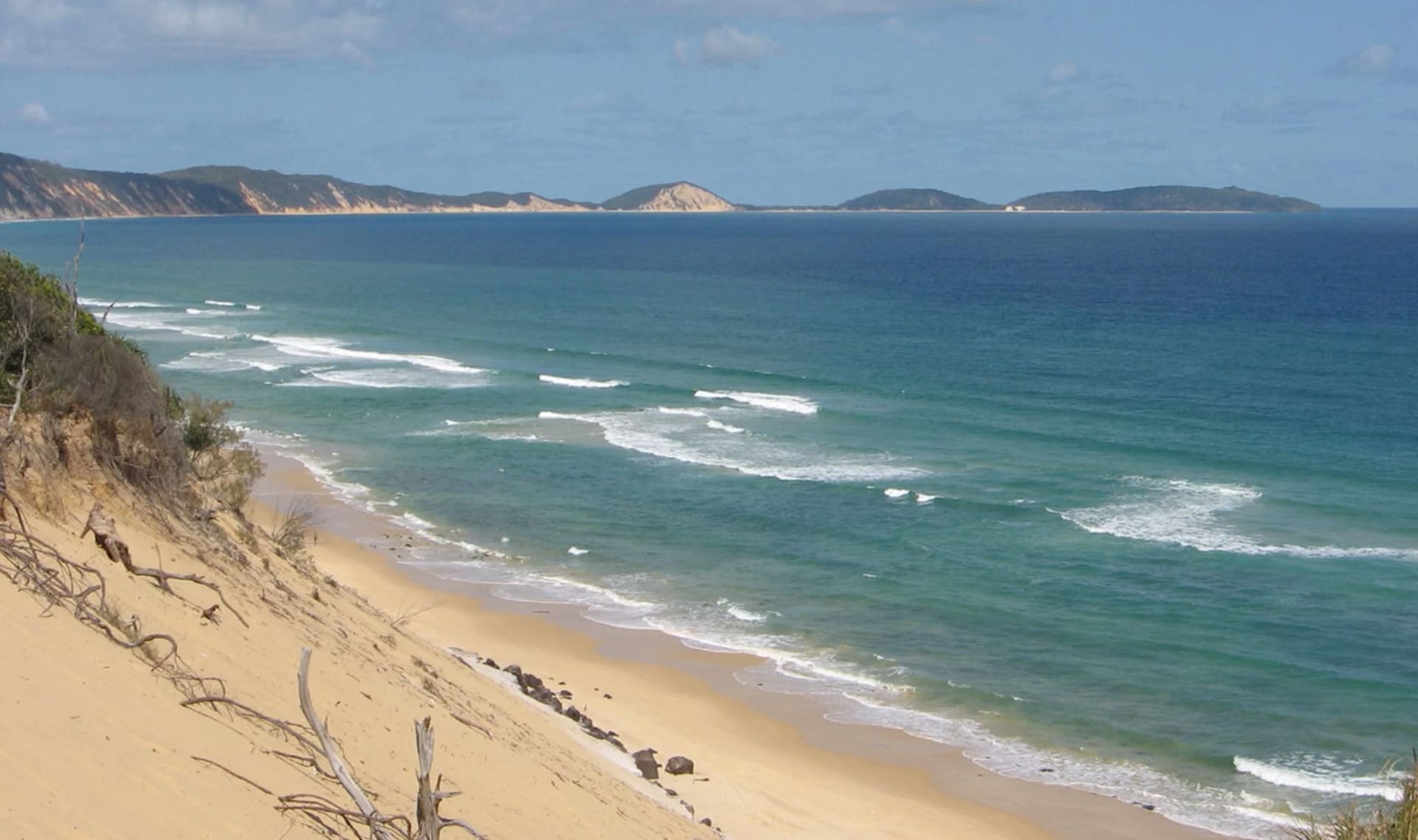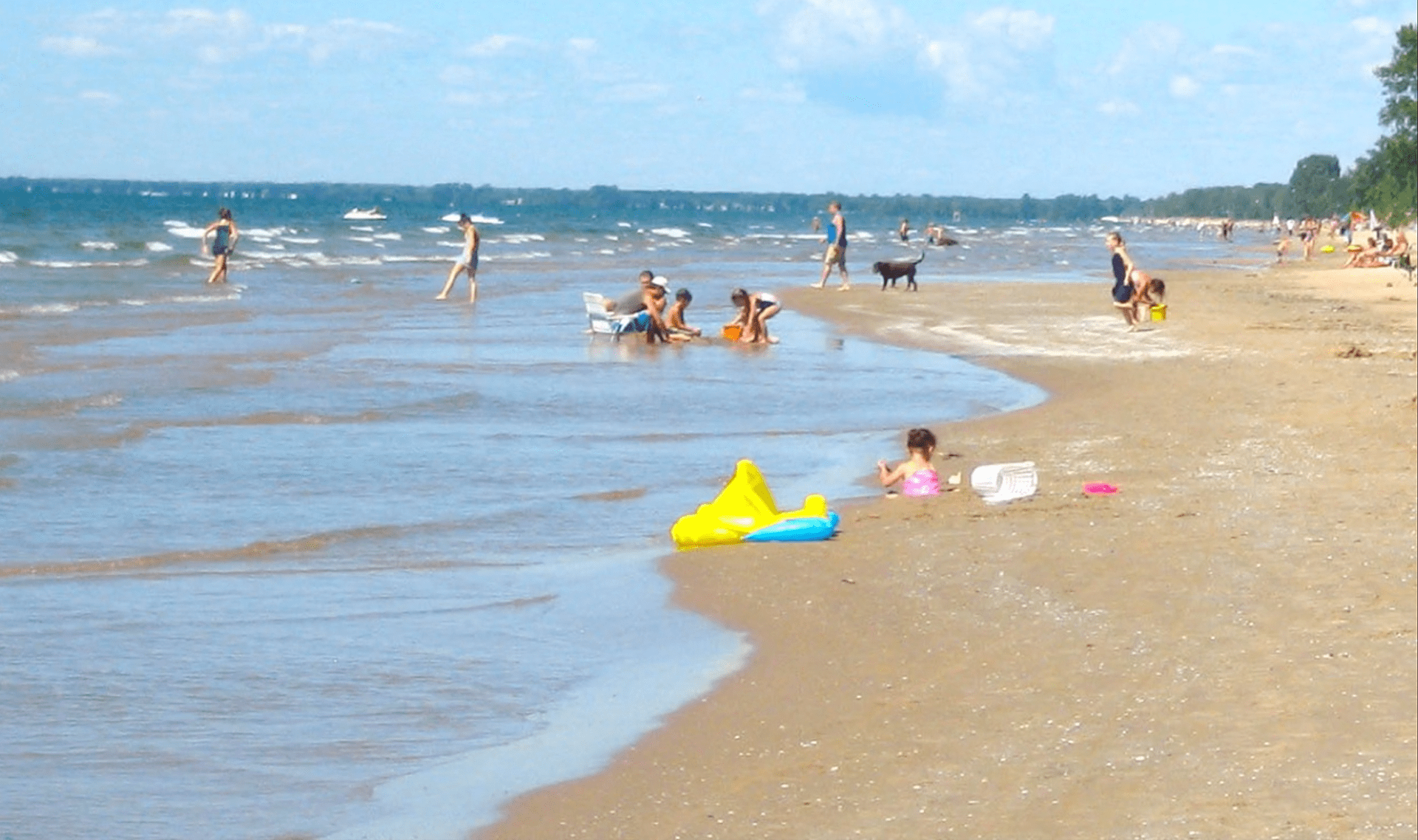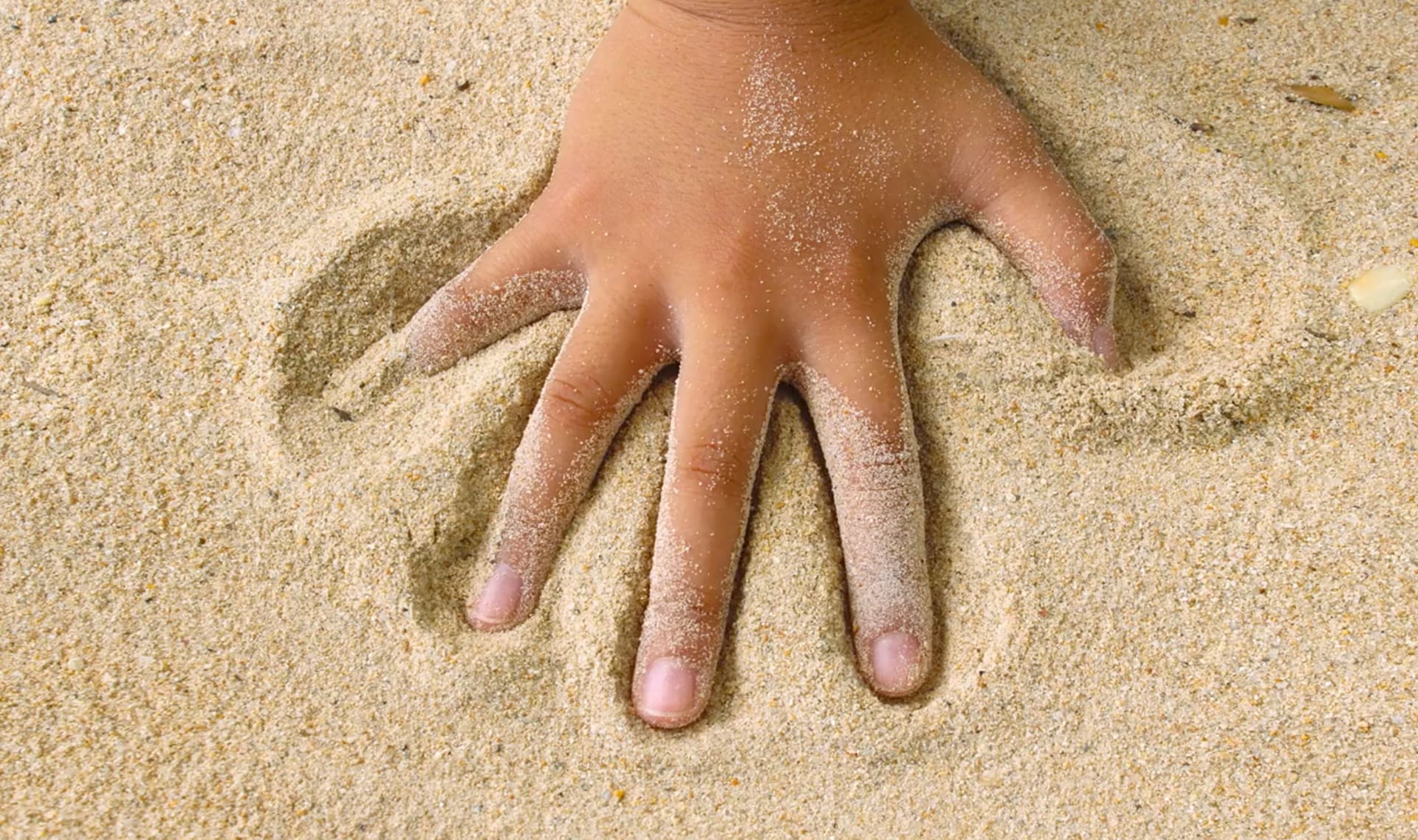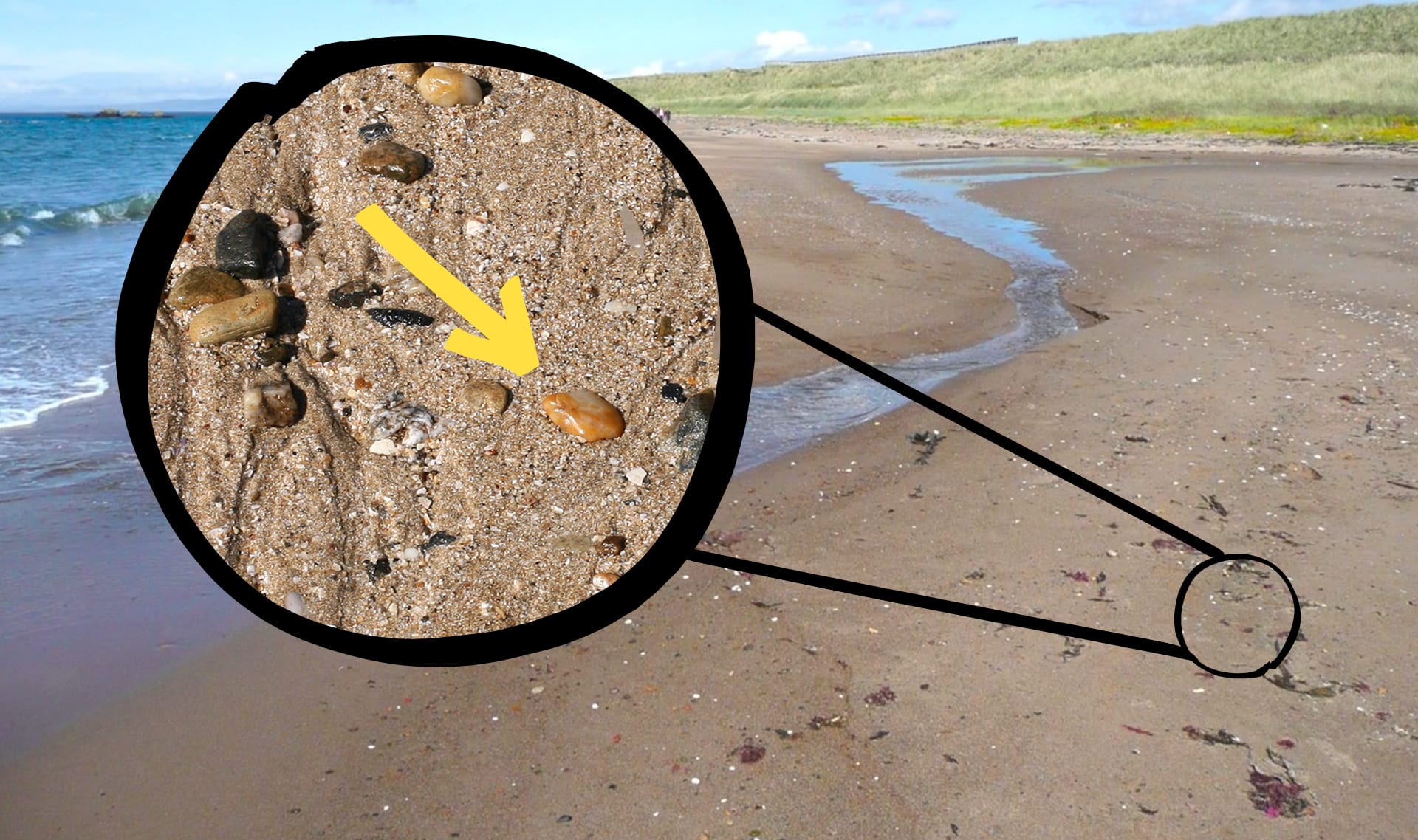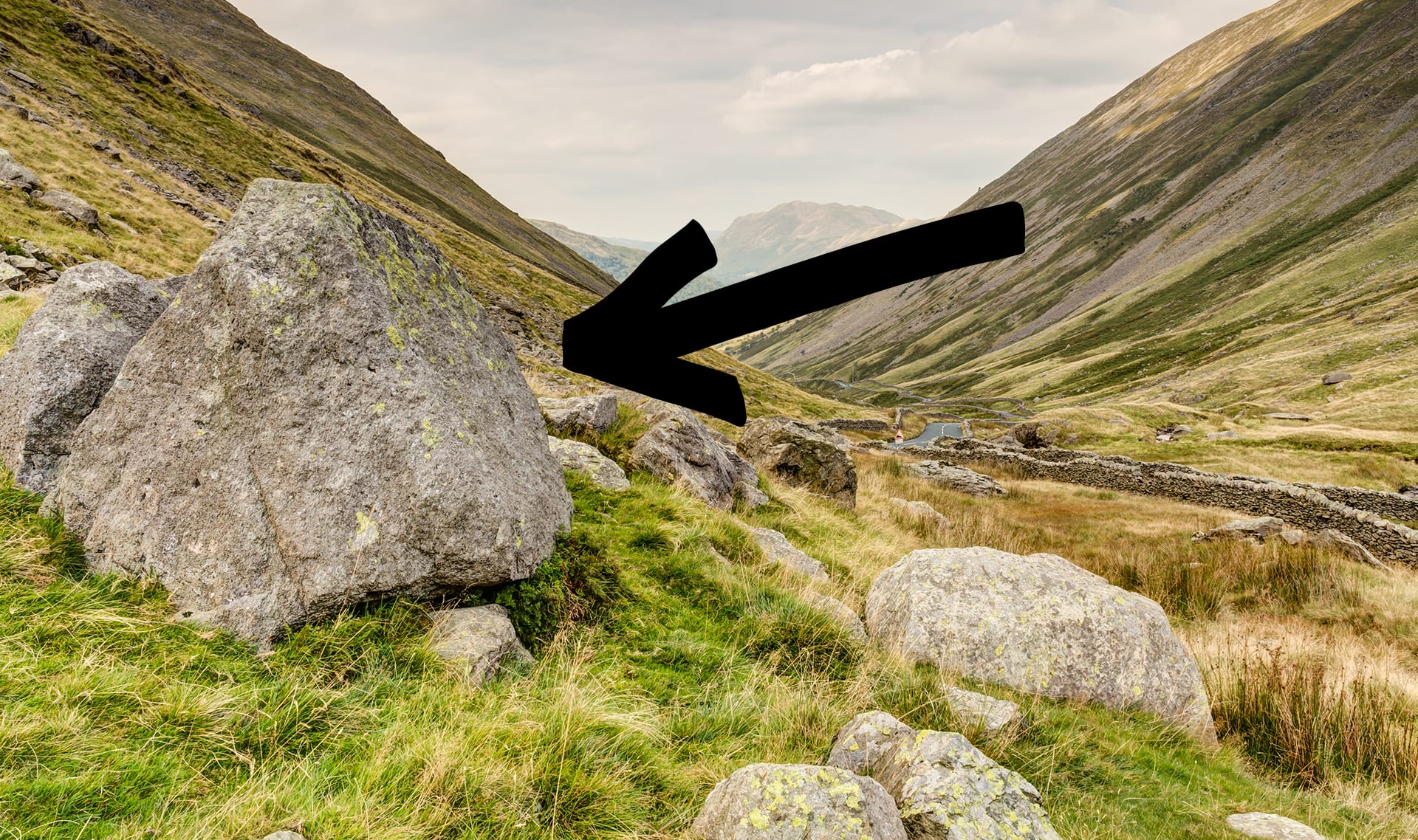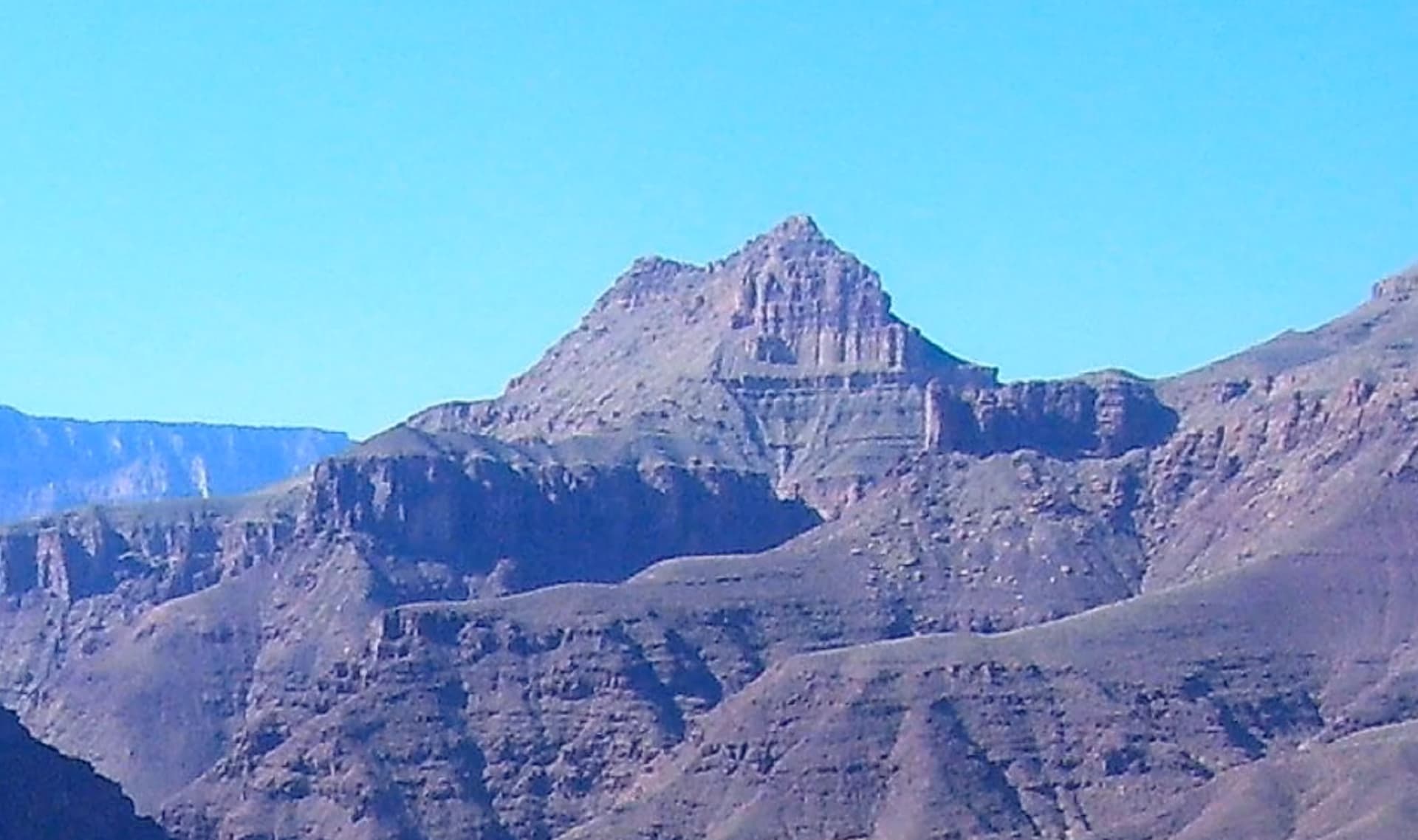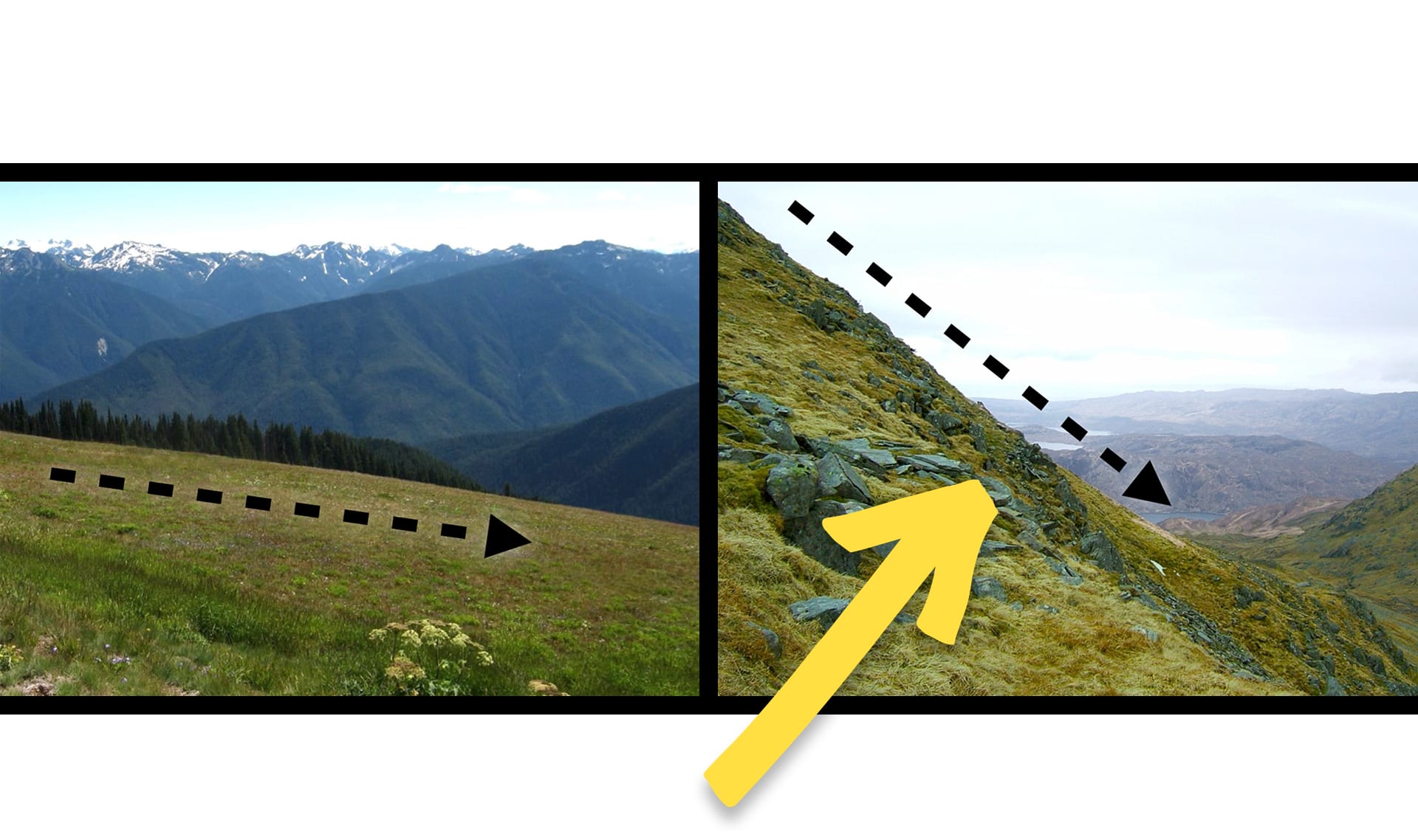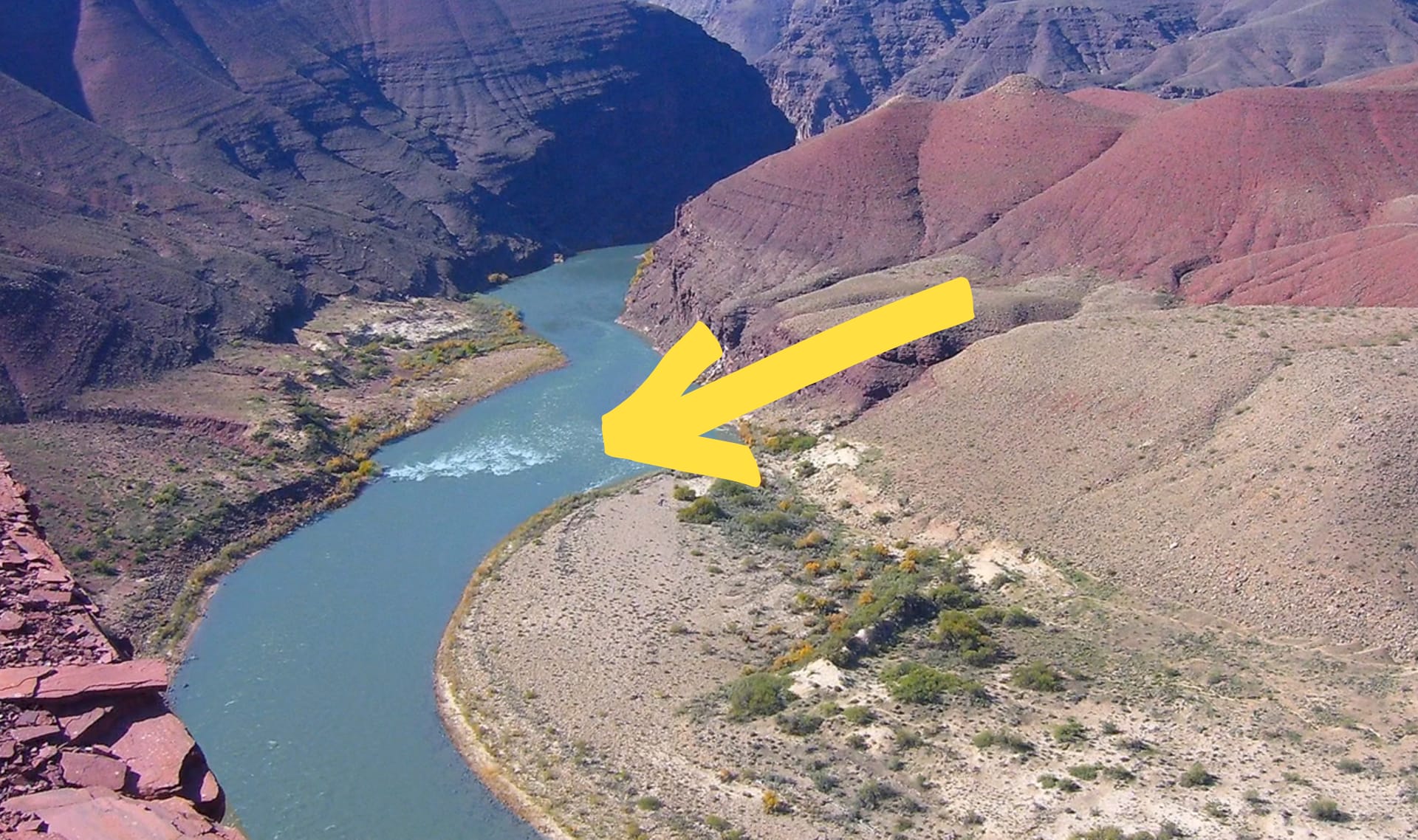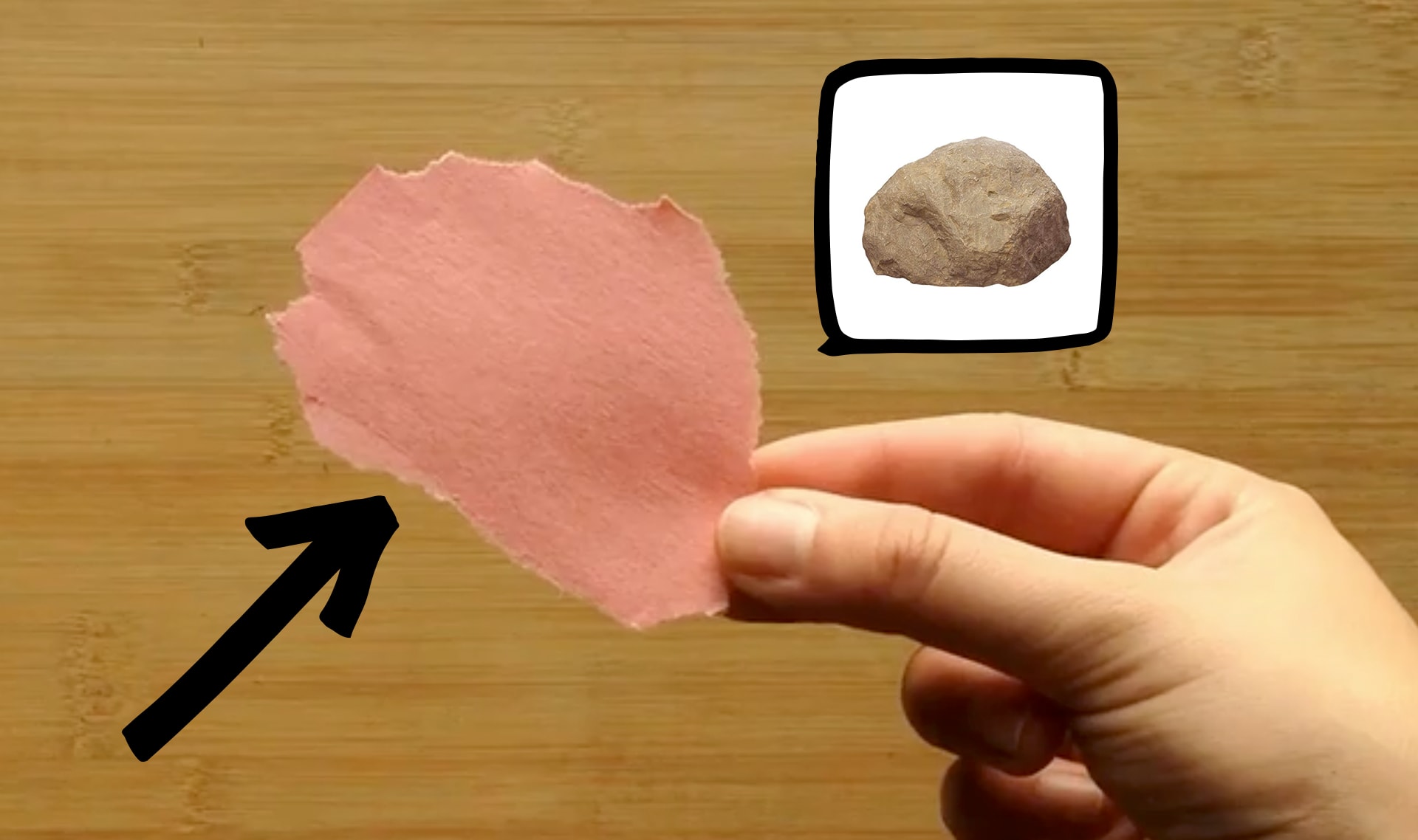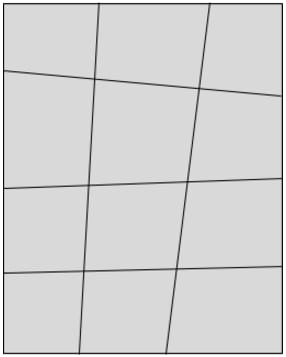Mystery Science respects the intellectual property rights of the owners of visual assets.
We make every effort to use images and videos under appropriate licenses from the owner or by
reaching out to the owner to get explicit permission. If you are the owner of a visual and
believe we are using it without permission, please
contact us—we will reply promptly and make
things right.
Exploration
kids at the beach by
Image used under license from Shutterstock.com: bikeriderlondon
white sand beach by
Image used under license from Shutterstock.com: Rob Marmion
girl on the beach by
Image used under license from Shutterstock.com: ori-artiste
sand castle by
Image used under license from Shutterstock.com: Kris Wiktor
Southwick Beach State Park by
Easchiff
hand in sand by
Image used under license from Shutterstock.com: kasidit
kid at Pfieffer Beach by
The Offshore Aquaholic
purple sand by
The Offshore Aquaholic
purple sand beach by
Carson
kid holding sand by
Image used under license from Shutterstock.com: Albina Glisic
footprints on purple beach by
Image used under license from Shutterstock.com: mhgstan
hand holding purple sand by
Akos Kokai
magnifiying glass by
Image used under license from Shutterstock.com: underworld
close up of sand by
Image used under license from Shutterstock.com: Mr Twister
zoomed view of sand by
Image used under license from Shutterstock.com: AlexussK
green sand beach by
Image used under license from Shutterstock.com: Alexander Demyanenko
close up of green sand by
Brian W. Schaller
cliffs facing the beach by
Image used under license from Shutterstock.com: Noradoa
close up of cliff by
Image used under license from Shutterstock.com: jennyt
scuba diver by
Image used under license from Shutterstock.com: Rostislav Ageev
Lepidolite (purple rock) by
Spirit Rock Shop
purple mountains by
Gonzo fan2007
falling rocks sign by
Image used under license from Shutterstock.com: Michael Leslie
rock crashing down mountain by
Joraj Dason
beach flooding by
Muhammad Moolla
fast flowing river by
Hayk Arakelyan
rocks flowing down river by
Internet Geography
big blue waves by
Image used under license from Shutterstock.com: bus109
chair and beach umbrella by
Image used under license from Shutterstock.com: Aleks Melnik
clouds by
Image used under license from Shutterstock.com: nikiteev_konstantin
mountains sillhouette by
Image used under license from Shutterstock.com: Alex Ghidan
ocean concept by
Image used under license from Shutterstock.com: Nikita Konashenkov
sand texture by
Image used under license from Shutterstock.com: Ursa Major
Rainbow Beach by
Cassarazzi
green rock by
Image used under license from Shutterstock.com: Helen Cingisiz
hornocal by
Lahi
close up of rainbow beach by
cordyceps
stream on the beach by
Humphrey Bolton
Activity
rushing river in Smoky Mountains by
GreatSmokyMountains (© GSMA 2010. All rights reserved.)
turtles by
Image used under license from Shutterstock.com: Dmitri Ma
rushing river by
fccysf
